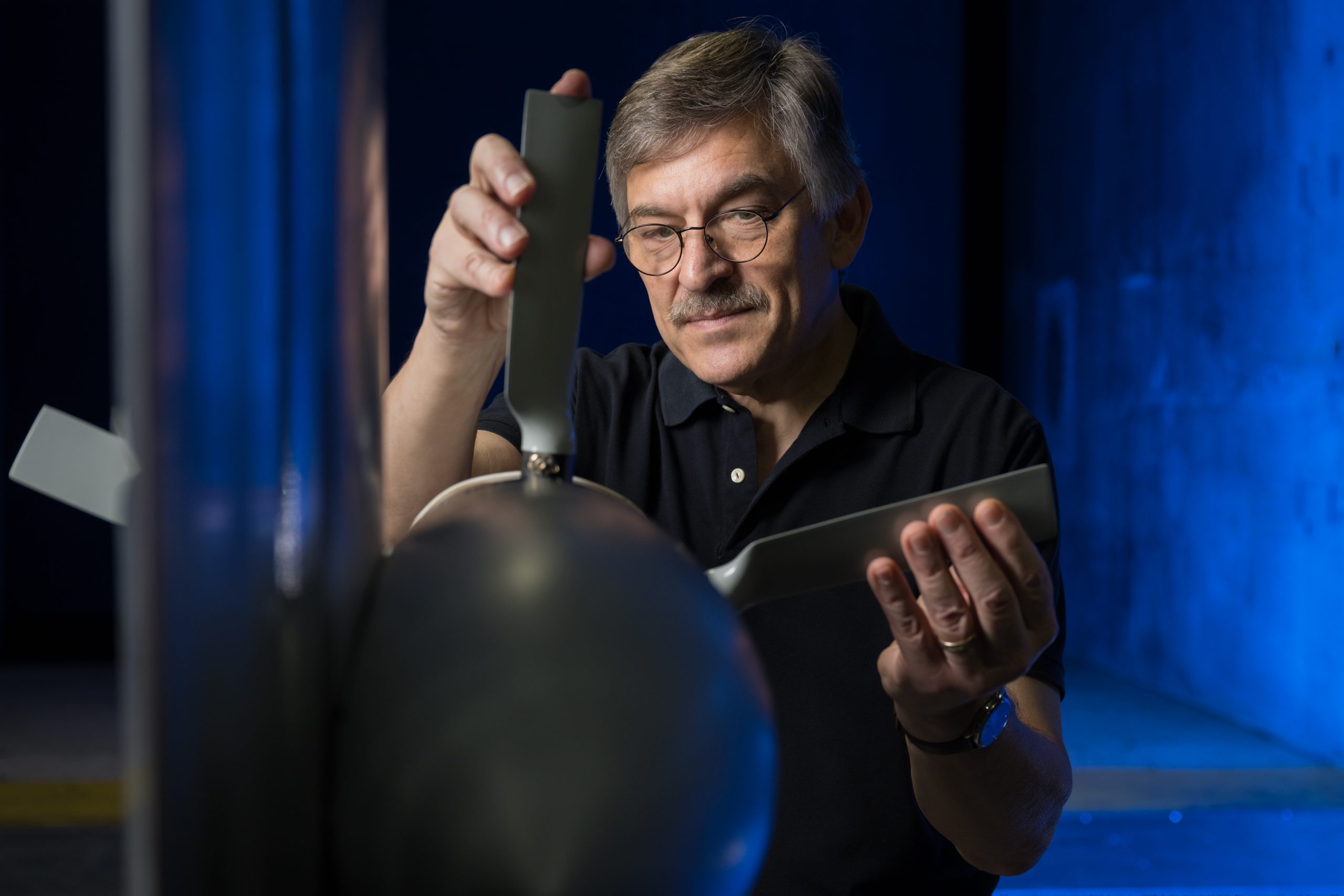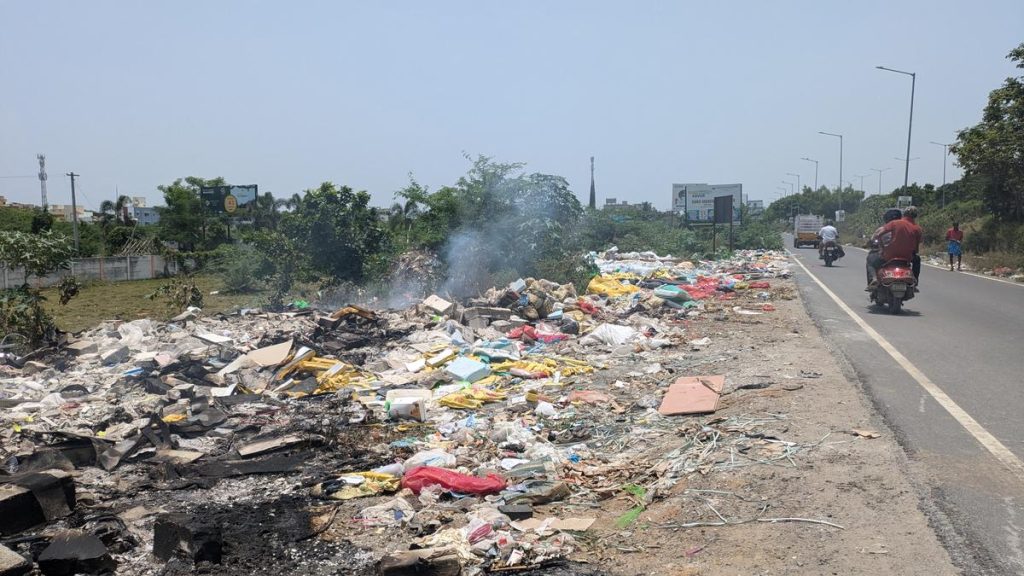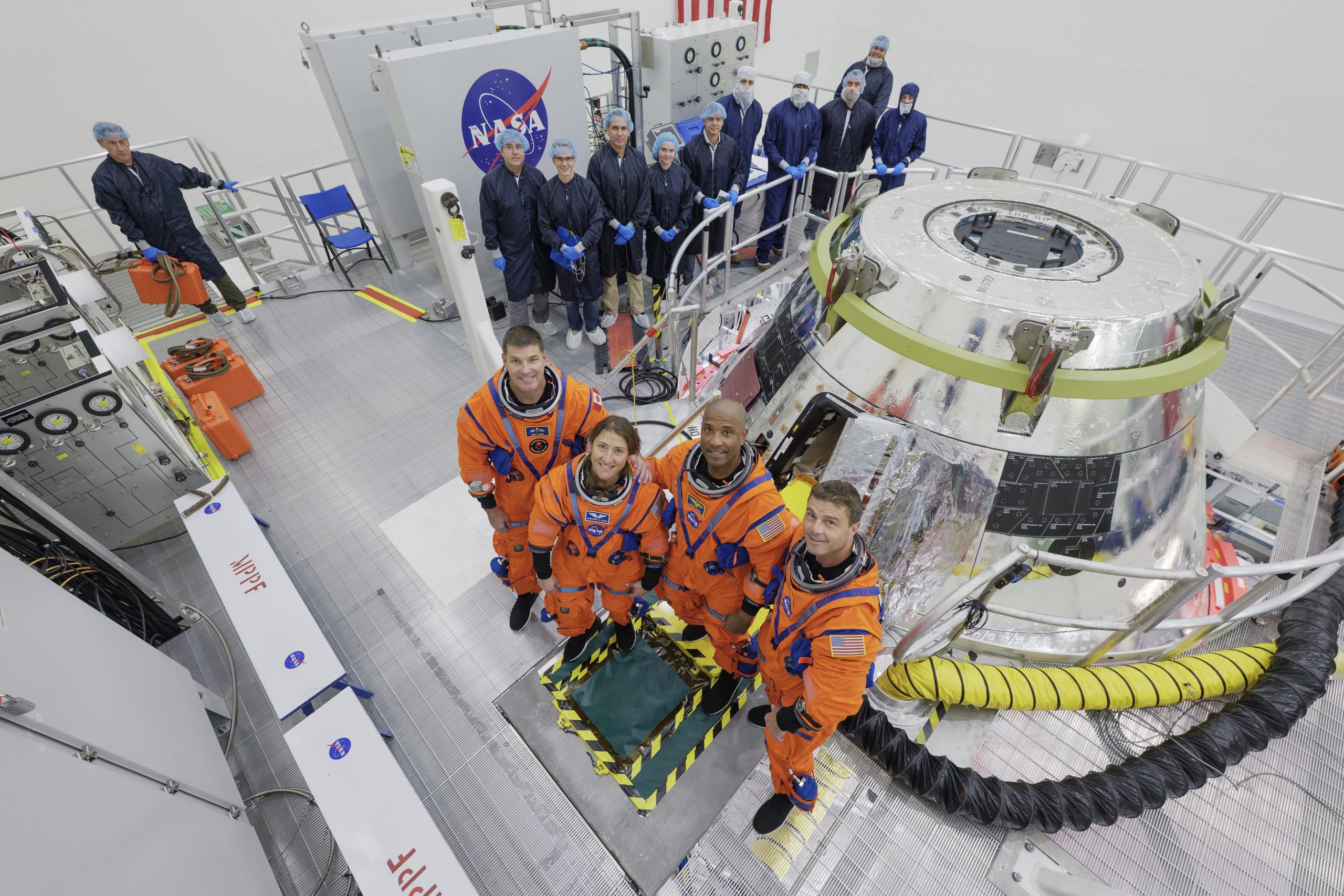Now Reading: NASA Tests Advanced Aircraft Wing in Wind Tunnel for Future Air Mobility
-
01
NASA Tests Advanced Aircraft Wing in Wind Tunnel for Future Air Mobility
NASA Tests Advanced Aircraft Wing in Wind Tunnel for Future Air Mobility

Quick Summary
- NASA is conducting advanced research to aid the air mobility industry, focusing on innovative aircraft such as air taxis and autonomous cargo drones.
- A specific scale model of a “tiltwing” aircraft wing is being tested, which can shift its orientation to allow vertical takeoff/landing and horizontal flight.
- Testing took place in May and June at NASA’s Langley Research Center in Virginia, utilizing a 7-foot semispan model equipped with over 700 sensors for data collection.
- The wind tunnel experiments explored wing-propeller interactions under various conditions like tilt angles, flap positions, rotation rates, wind speeds, and propeller placements.
- This research aims to improve aerodynamic performance analysis tools and ensure safe operating conditions for future designs.
- Managed under NASA’s Revolutionary Vertical Lift Technology project within its Advanced Air Vehicles Program. Data obtained will be shared publicly on NASA’s website post-analysis.
Indian Opinion Analysis
NASA’s focus on supporting advanced air mobility solutions underscores the growing interest in revolutionizing aviation technology globally. India’s aerospace sector could find opportunities by leveraging similar methodologies or aligning with international developments like this initiative. While not directly involving India at present, the testing advances reflect foundational work that can influence global standards for innovation safety processes-relevant as India develops its own capabilities in drones/electric aviation technologies. Government-backed initiatives such as “Drone Rules 2021” complement these efforts internationally by setting frameworks that could eventually intersect such pioneering research trends.
Read More: NASA Wind Tunnel Testing
























